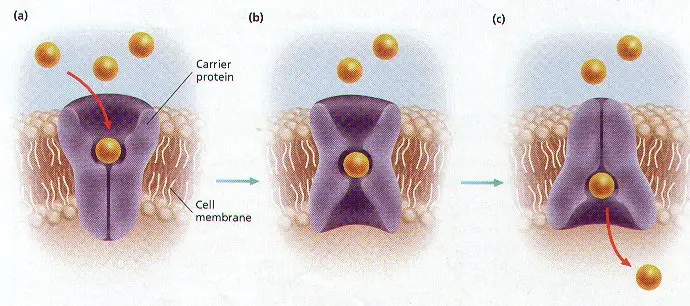How do polar molecules enter cells?
1 Answer
Polar molecules move across cell membranes by both passive and active transport mechanisms.
Explanation:
Cell membranes consist mostly of nonpolar lipids with various proteins embedded in them.
Nonpolar and small polar solutes can diffuse through these nonpolar lipid membranes.
Ions and large polar molecules cannot.
Some of the proteins in cell membranes have passages or channels made from proteins.

The channel proteins act like doors through the cell membrane.
They allow large polar molecules to move in and out of the cell.
The process is called passive diffusion or passive transport, because it does not need energy.
Sometimes the protein changes shape to help the polar molecules move through the channel.
It often uses a gated pore mechanism, in which the channel is never completely open.

This is called facilitated diffusion or facilitated transport. It can speed the diffusion process by up to 200 000 times.

